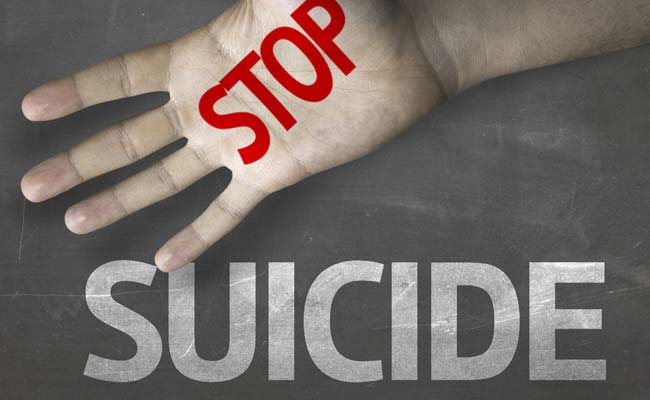
Guidelines for Responsible Reporting on suicide cases
When it’s a suicide, the media reporting the incident has a huge responsibility to do so carefully and sensitively.
DEVINA BUCKSHEE, The Quint, 30 May 2022 : On 14 June, 34-year-old Bollywood actor Sushant Singh Rajput died from suicide.
As condolences poured in, a heated but important conversation on mental health and the media's role began. As the months rolled on, the conversation has morphed into what many are caling a ‘witch-hunt’, with the media spouting unfounded myths on mental illness and flouting reporting guidelines on suicide.
(If you feel suicidal or know someone in distress, please reach out to them with kindness and call these numbers of local emergency services, helplines, and mental health NGOs)
FIT spoke to Dr Soumitra Pathare, consultant psychiatrist and Director of Centre for Mental Health, Law and Policy at ILS on how the media should report on suicides.
When it’s a suicide, the media reporting the incident has a huge responsibility to do so carefully and sensitively. Both out of respect for the deceased but also to not encourage ‘copycat suicides.’
“There’s a lot of research evidence which shows that how media reports suicide can actually influence suicide rates. So, bad reporting by the media can actually increase suicides, whereas good reporting by the media can reduce or help reduce suicides.” : Dr Soumitra Pathare
The World Health Organisation says one of the 6 ways for suicide prevention is good media reporting
“That is why we get after the media,” says Dr Pathare. “Not to curb any freedom of speech or press but because the way you write has an actual, practical impact on people's lives.”
'Copycat suicides’ or the concept ‘suicide contagion’ is when a suicide or suicidal behaviours within your close peer circle, family or through media reporting can trigger suicide or suicidal behaviours. So exposure to this news has a very direct impact and therefore media reportage needs to be extremely careful and sensitive.
Here are some simple guidelines, adopted from the World Health Organisation:
- Avoid saying 'committed'; instead say died of suicide
- Use people-first language
- Don't use sensationalist language
- Include helpline numbers in articles
- Don't give too many details
- Take particular care in reporting celebrity suicides
- Educate the public about suicide myths
- Exercise caution in using images
- We should not discuss methods of suicide
- Focus on life, not death
- De-link suicide and depression or mental illness
(At The Quint, we are answerable only to our audience. Play an active role in shaping our journalism by becoming a member. Because the truth is worth it.)

0 Response to " Guidelines for Responsible Reporting on suicide cases"
Post a Comment
Disclaimer Note:
The views expressed in the articles published here are solely those of the author and do not necessarily reflect the official policy, position, or perspective of Kalimpong News or KalimNews. Kalimpong News and KalimNews disclaim all liability for the published or posted articles, news, and information and assume no responsibility for the accuracy or validity of the content.
Kalimpong News is a non-profit online news platform managed by KalimNews and operated under the Kalimpong Press Club.
Comment Policy:
We encourage respectful and constructive discussions. Please ensure decency while commenting and register with your email ID to participate.
Note: only a member of this blog may post a comment.